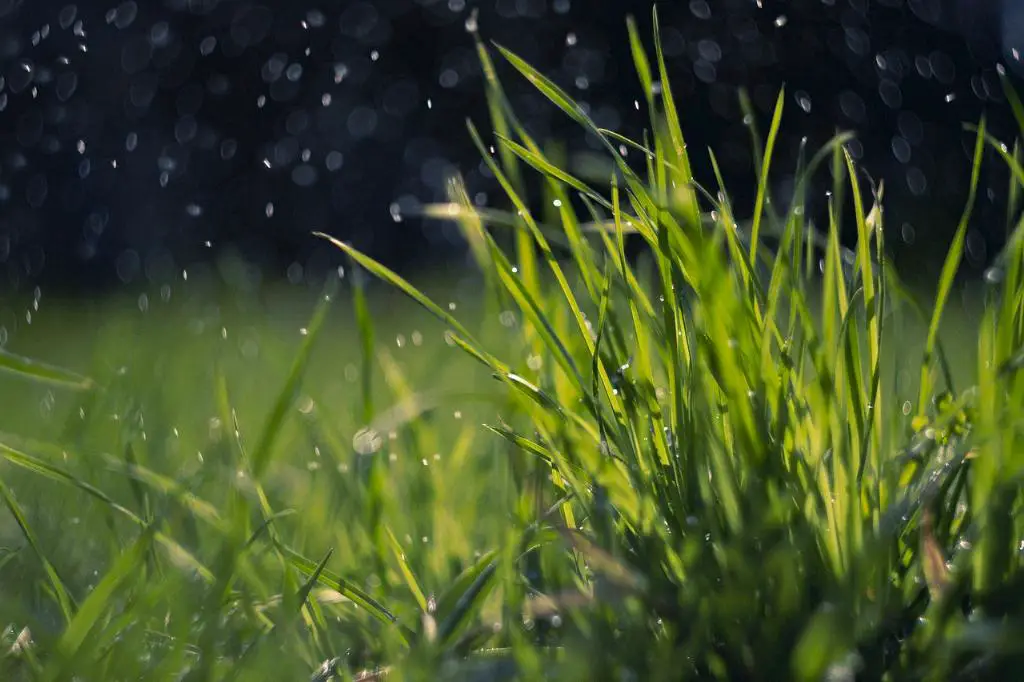Grass lawns are a staple feature in many landscapes, providing a vibrant green carpet that enhances the aesthetic appeal of our outdoor spaces. But beyond their visual charm, grass lawns serve a multitude of important functions that contribute to both our well-being and the health of the environment.
Promoting Clean Air and Carbon Sequestration
One of the key reasons why we have grass lawns is their ability to help clean the air we breathe. Grass plants perform photosynthesis, absorbing carbon dioxide and releasing oxygen, which plays a crucial role in reducing greenhouse gas emissions and combating climate change.
Preventing Soil Erosion and Improving Soil Health
Grass lawns act as natural erosion control agents, their root systems holding the soil in place and preventing it from washing away during heavy rainfall or wind. Additionally, the roots help aerate the soil, promoting better water infiltration and nutrient absorption for healthier plant growth.
Reducing Stormwater Runoff and Water Pollution
By absorbing and filtering rainwater, grass lawns help reduce stormwater runoff, which can carry pollutants and contaminants into rivers, lakes, and streams. This not only protects aquatic ecosystems but also helps replenish groundwater reserves for future use.
Alleviating Noise Pollution and Providing Cooling Effects
Grass lawns serve as natural sound absorbers, dampening noise levels in urban and suburban areas. Moreover, the cooling effects of grass help lower surface temperatures, creating more comfortable outdoor environments during hot summer days.
Promoting Biodiversity and Supporting Wildlife Habitats
Grass lawns provide essential habitats for a variety of insects, birds, and small mammals, fostering biodiversity and enhancing ecosystems. By creating green corridors, lawns help connect fragmented habitats and promote species survival.
Enhancing Recreational Opportunities and Social Interaction
Grass lawns offer versatile spaces for recreational activities such as picnics, sports, and outdoor gatherings, fostering social interactions and community engagement. These areas serve as meeting points for people of all ages to come together and enjoy the outdoors.
Improving Mental Health and Well-Being
Spending time in green spaces has been linked to reduced stress levels, improved mood, and enhanced mental well-being. Grass lawns provide tranquil settings for relaxation and contemplation, offering a therapeutic escape from the pressures of daily life.
Supporting Pollinator Populations and Flowering Plants
Grass lawns play a vital role in supporting pollinators such as bees, butterflies, and hoverflies, which are essential for pollinating flowering plants and ensuring successful reproduction. By providing nectar-rich flowers and diverse foraging opportunities, lawns contribute to pollinator conservation.
Cultivating a Sense of Ownership and Pride
For many homeowners, caring for their grass lawns becomes a source of pride and satisfaction, as they invest time and effort in maintaining lush, green landscapes. The act of mowing, watering, and grooming the lawn instills a sense of ownership and responsibility, nurturing a deeper connection to the natural world.
Preserving Cultural Traditions and Practices
Throughout history, grass lawns have been emblematic of prestige, beauty, and leisure, representing cultural ideals of order and prosperity. By preserving these traditions and practices, we uphold the value of outdoor aesthetics and continue to appreciate the timeless appeal of a well-kept lawn.
Embracing the Multifaceted Benefits of Grass Lawns
In conclusion, the reasons why we have grass lawns extend far beyond mere decoration, encompassing a complex web of environmental, social, and personal benefits. From enhancing air quality and supporting wildlife to promoting community engagement and mental well-being, grass lawns play a pivotal role in creating vibrant, sustainable landscapes that enrich our lives and nourish our connections to nature.

